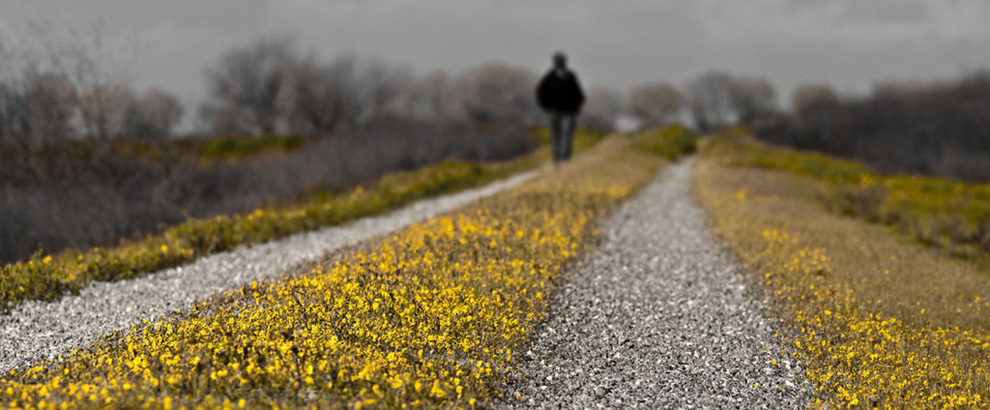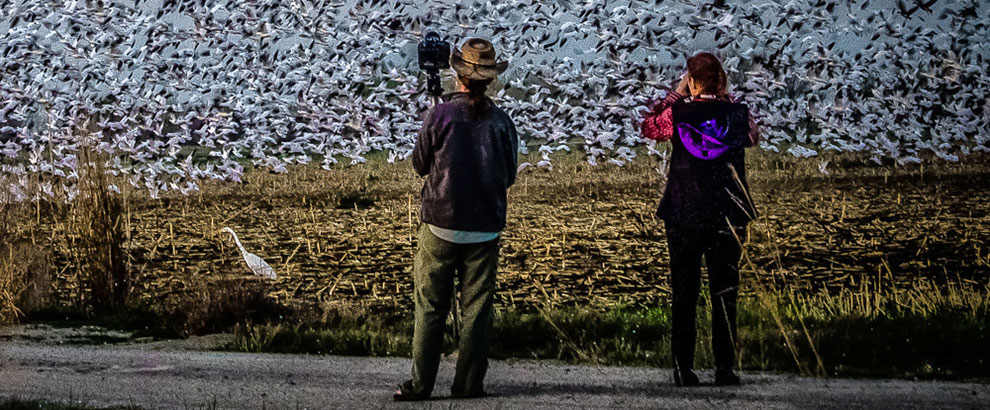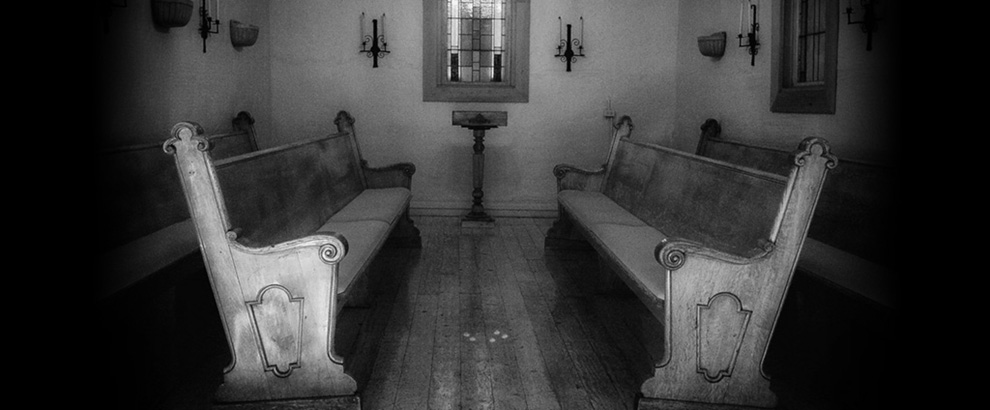
“The danger is not lest the soul should doubt whether there is any bread, but lest, by a lie, it should persuade itself that it is not hungry.”
—From Simone Weil’s “Waiting for God” (1951)
As the Buddha let us know, the story of humanity is one long grappling with desire—mostly unfulfilled. This Great Longing projects itself in a million different forms, all of them stand-ins, in fundamental ways, for the eternal life human beings desire as conscious, self-aware creatures whose most painful and challenging awareness is of their own finitude.
Our animal friends seek only their next meal, their next night’s burrowing into a protected space for their sleep. We see beyond that and exclaim, “Hey, what’s the deal here?”
I can remember lying in bed one night as a young boy, maybe 10 years old, dumbstruck at the realization that my parents would one day die...
Read More









Recent Comments